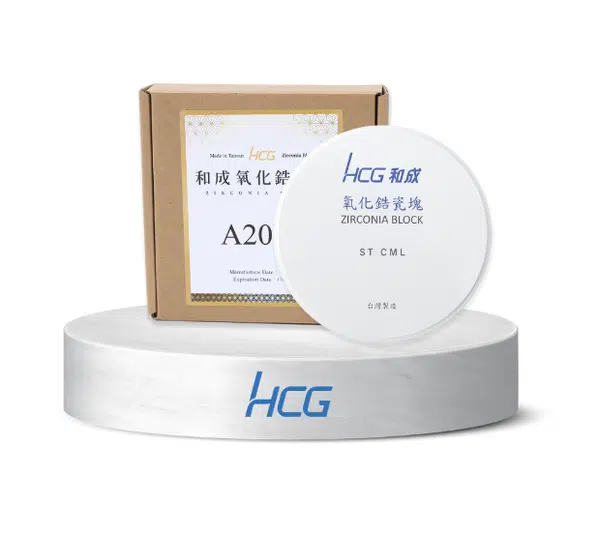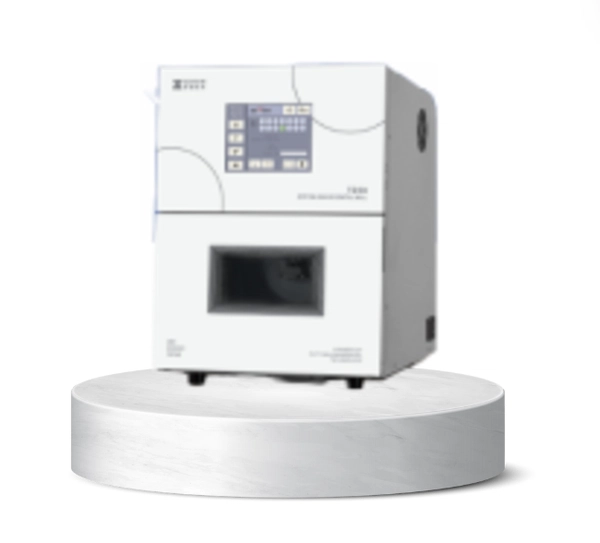Zirconia crowns are harder than natural teeth, offering excellent resistance to wear and bite pressure. Their strength and durability make them an ideal option for posterior crowns that are used to grind food.
Zirconia occurs naturally in the form of the mineral baddeleyite and is an inorganic, non-metallic material known for its high temperature resistance, wear resistance, and corrosion resistance.
Today, zirconia all-ceramic crowns are produced using CAD-CAM technology, which includes oral scanning, laser scanning, computer-aided design, 3D printing, and precision milling. This digital process results in highly customized crowns or bridges (fixed prostheses) with excellent fit and biocompatibility.
In recent years, zirconia has become the preferred material for fixed dental prosthetics, both in Taiwan and internationally.
Since launching in Taiwan in 1991, HCG has grown into the country's largest sanitary ware brand. In recent years, HCG has expanded its core competencies to include the development of advanced ceramics and composite materials for various industries — such as bulletproof ceramics (military use), zirconia blocks (dental use), carbon fiber fins (diving), and carbon fiber wheels (automotive).

Zirconia Raw Material from Japan’s TOSOH Corporation
Experienced dentists and dental technicians with a strong sense of aesthetics will help you choose the most suitable zirconia solution from a professional perspective. Zirconia options include: White Zirconia、Pre-shaded Zirconia、Multilayer Zirconia

Scanning the patient's dental morphology
Smile design is carried out through a digital workflow.
Using an intraoral scanner and digital image processing, future prosthetic designs can be simulated and used as a basis for communication between the dentist and the patient.

Milling Machine – Precision Processing
After the design of the patient’s tooth morphology is completed, the data is sent to the milling machine for precision cutting.

Zirconia Sintering Furnace – High-Temperature Sintering
After milling, the zirconia restoration is placed into a sintering furnace and heated up to 1500°C to enhance its strength and translucency.

Finished product
After sintering, the finished zirconia restoration is professionally layered with porcelain and stained by the dental technician.
It is then returned to the dental clinic, where the dentist fits and installs the zirconia prosthesis in the patient’s mouth.
